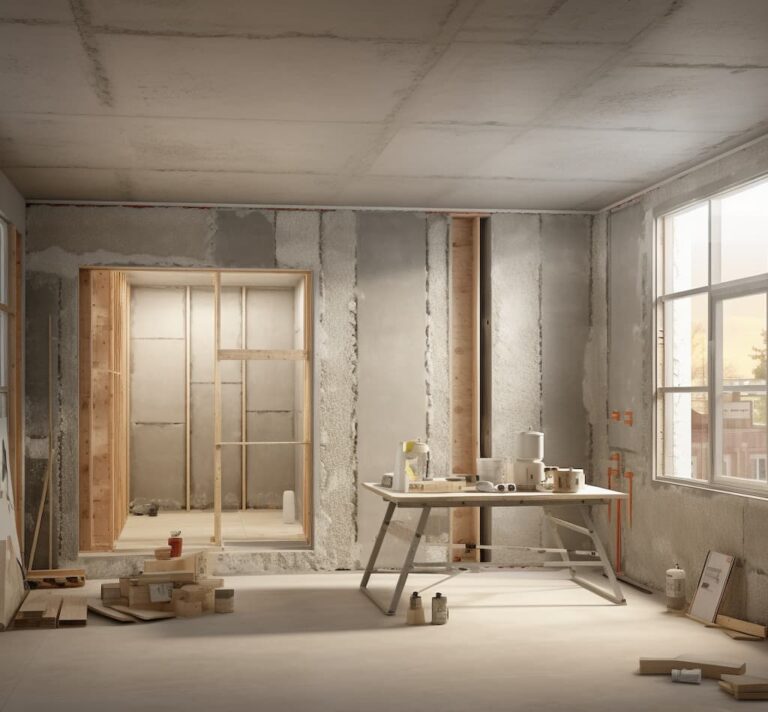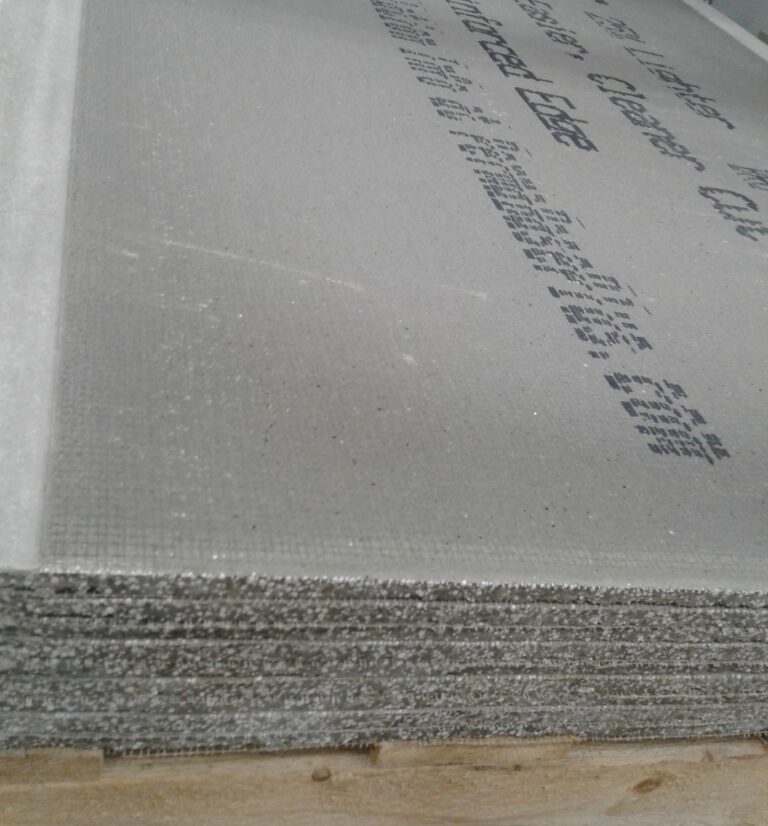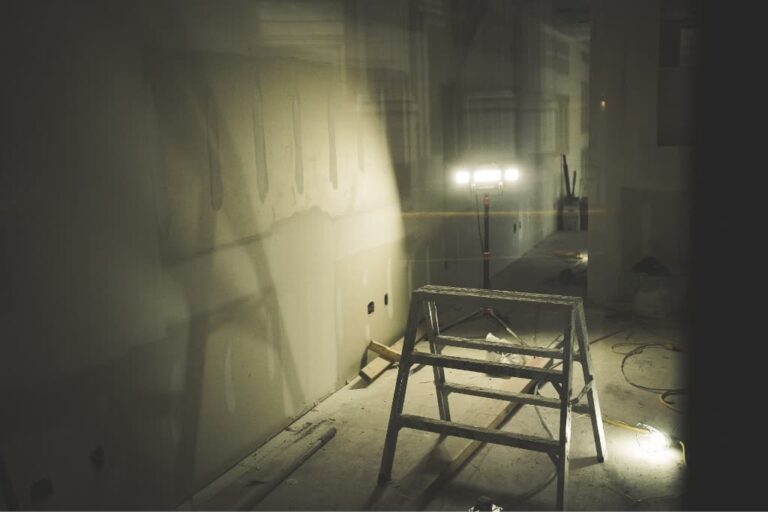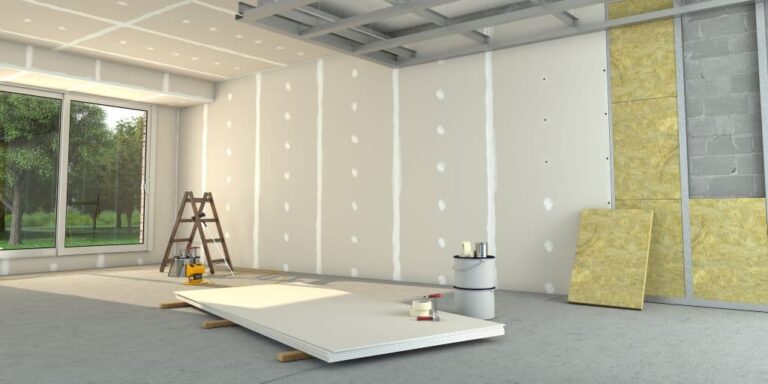Can You Remove Tile and Reuse Cement Board

Have you ever heard the saying, ‘If it ain’t broke, don’t fix it’? Well, when it comes to removing tile and reusing cement board, that old adage may come to mind. But is it possible to salvage the cement board and save yourself some time and money?
The answer is yes, but there are some important factors to consider. In this discussion, we will explore the potential challenges and benefits of reusing cement board, and provide you with the information you need to make an informed decision.
So, before you grab your tools and start prying off those tiles, let’s go into the complexities of this process and find out if it’s worth the effort.
Potential Damage to Cement Board
Removing tile from cement backer board can be challenging, often leading to potential damage. Cement board, commonly used as a substrate for ceramic tile installations, is durable but not indestructible. Excessive water damage can cause the cement board to deteriorate over time, compromising its structural integrity. Additionally, if the cement board hasn’t been properly adhered to the tile or other substances, it may develop loose sections, making it more susceptible to damage during the removal process.
When removing tile from cement board, it’s important to proceed with caution to minimize potential damage. While minor damage to the cement board can be patched with tile mortar, significant damage may necessitate the replacement of the entire board. This can be a costly and time-consuming endeavor. Therefore, replacing the cement board altogether is generally more cost-effective, as it’s relatively inexpensive.
Reusing Cement Board Vs. Replacement
When deciding between reusing cement board or opting for replacement, consider the condition of the board and the cost-effectiveness of each option. It can be reused if the cement backer board is undamaged and not directly attached to the old tile. However, it’s important to note that removing the old tile can be a challenging process that may damage the board. If the cement board is already damaged or directly attached to the old tile, it’s usually more cost-effective to replace the board altogether.
While it’s possible to patch minor damage on the cement board using tile mortar, major damage will require complete replacement. Reusing the cement board may save some costs in terms of purchasing new materials, but it can be time-consuming and labor-intensive. Additionally, reusing the old cement board may compromise the stability and durability of the latest tile installation.
On the other hand, replacing the cement backer board ensures a fresh start and a solid foundation for the new tile. The cost of a new cement board is relatively inexpensive, especially when compared to the overall cost of a tile installation project.
Patching Minor Damage With Tile Mortar
You can use tile mortar to patch minor damage on a cement board. There’s no need to panic if you notice any small cracks or chips on your cement board. With the right materials and technique, you can quickly fix these minor issues and have your tile floor looking as good as new.
First, gather your supplies. You’ll need tile mortar, a trowel, a sponge, and water. Ensure the tile mortar you choose is suitable for use on cement board.
Start by mixing the tile mortar according to the manufacturer’s instructions. Once it reaches the right consistency, use the trowel to spread a thin layer of mortar over the damaged area. Make sure to fill in any cracks or chips completely.
Next, use the trowel to smooth out the mortar, ensuring it’s level with the surrounding tiles. Allow the mortar to dry for the recommended amount of time.
Once the mortar is dry, use a damp sponge to remove any excess mortar from the tiles. Be gentle to avoid disturbing the newly patched area.
Major Damage: When to Replace Cement Board
Consider replacing the cement board if it has sustained significant damage during the tile removal. While it’s possible to remove tile and reuse cement board, it can be a challenging task that often results in damage to the board. If the cement board is old and shows signs of wear and tear, it may be best to replace it altogether.
Major damage to the cement board can occur when trying to pry off the tiles or using excessive force during removal. If you notice significant cracks, breaks, or crumbling in the cement board, it’s a clear indication of major damage. In such cases, replacing the cement board rather than attempting to patch or repair it is recommended.
Attempting to reuse damaged cement board can lead to a compromised tile installation. The board may not provide the necessary stability and support for the new tiles, resulting in an uneven and unstable surface. To ensure a successful and long-lasting tile installation, starting with a solid and intact cement board is crucial.
Therefore, if you encounter major damage to the cement board during the tile removal process, it’s advisable to replace it with a new one. This will ensure a strong foundation for your new tiles and minimize the risk of future issues.
Cost-Effectiveness of Reusing Vs. Replacement
Reusing the backer board can be cost-effective, especially if it’s in good condition and meets current code requirements. Assessing the structural soundness and appearance of the old cement board is crucial in determining whether to reuse or replace it.
Consider factors such as time, effort, and waste reduction when making this decision. While reusing the board can save money, it may also require additional labor to remove the old tile without damaging the board. Additionally, if the cement board is damaged or directly attached to the tile, it may not be suitable for reuse. In such cases, replacement is often the more cost-effective choice.
Cement board is relatively inexpensive, making it a viable option for replacement. Moreover, alternatives to reusing the old board should be evaluated based on the specific requirements and benefits of the tiling project. Balancing cost-effectiveness with quality is crucial, so seeking professional advice for proper installation and material selection, especially when tiling a bathroom, is advisable.
Frequently Asked Questions
Can You Reuse Concrete Backer Board?
Yes, you can reuse the cement board if it’s undamaged and not directly attached to the tile. However, it can be difficult and may damage the board. Replacing it is often more cost-effective.
Can You Lay Tile Over Old Cement Board?
Yes, you can lay the tile over the old cement board. It’s important to ensure the board is undamaged and compatible with the new tile. Using powdered-modified thin-set or mud is recommended for old boards.
Can You Replace Tile Without Replacing Backer Board?
Yes, you can remove tile and reuse cement board, but it may be difficult and could damage the board. It’s often more cost-effective to replace it, especially if it’s damaged or directly attached to the tile.
Can You Reuse Tile Underlayment?
Yes, you can remove tile and reuse cement board, but it may be difficult and damage the board. It can be reused if undamaged and not directly attached to the tile, but it’s often better to replace it.
Conclusion
In conclusion, while removing tile and reusing cement board is possible, it can be challenging and may cause damage to the board. Consider the cost-effectiveness of reusing versus replacing the board, as cement board is relatively inexpensive.
Minor damage can be patched up using tile mortar, but extensive damage will require replacement. Make an informed decision based on the board’s condition and the project’s overall cost.





